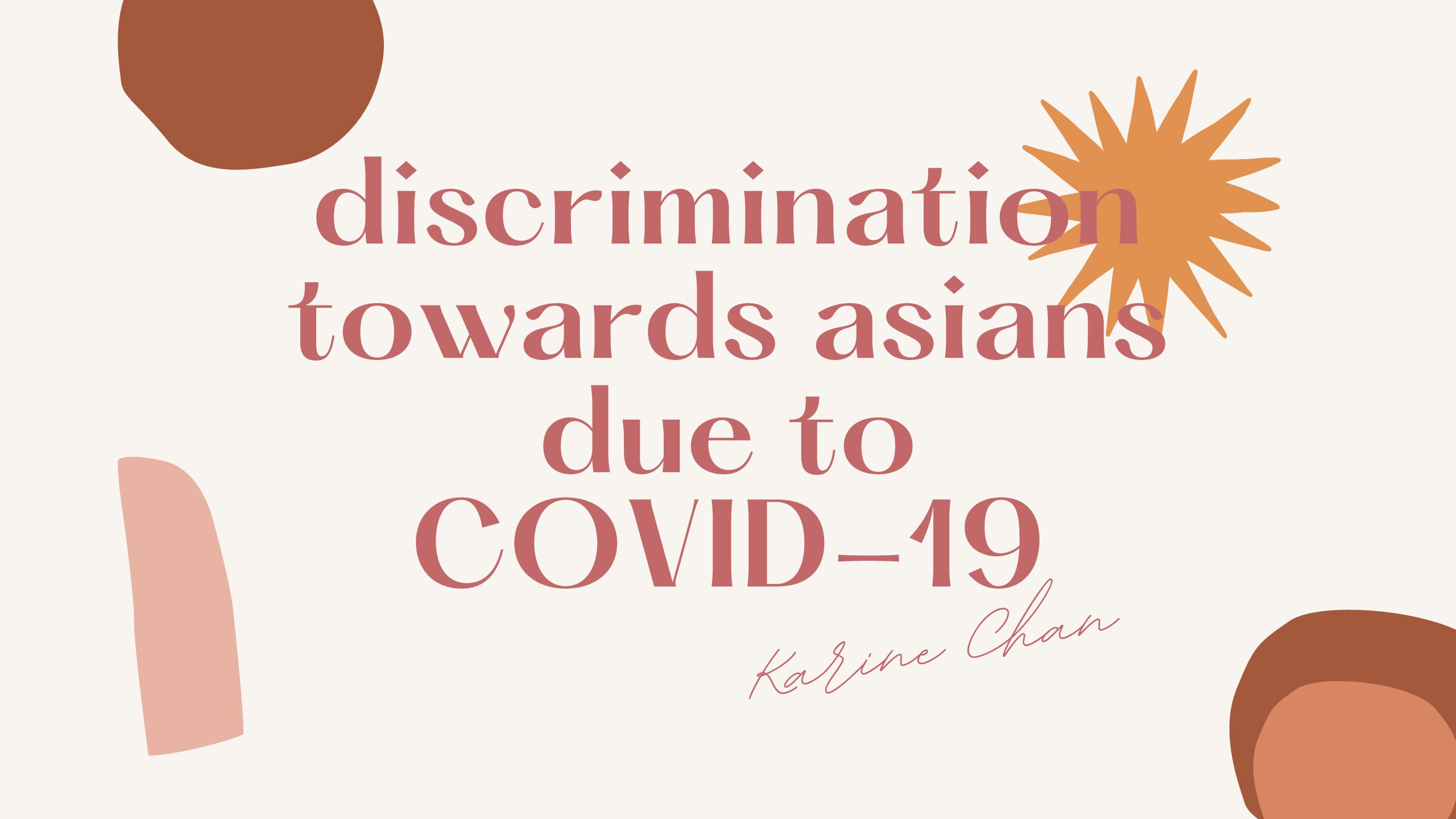By: Leanna Yu, Editor-in-Chief (she/her)
Gender identity is our internal experience and naming of our gender that can correspond to or differ from the sex that we are assigned at birth. While our society most recognizes the genders that are male and female, there are more than two genders that individuals can identify with— transgender, gender neutral, non-binary, agender, pangender, genderqueer, all/none/a combination of these, and many more.
Gender identity can’t be assumed based on appearance, anatomy, social norms, or stereotypes.
In Beyond the Gender Binary (2020) by Alok Vaid-Menon, they write about a deeper understanding of identities. Alok Vaid-Menon is an Indian-American mixed-media artist as a writer, performance artist, and media personality under the moniker ALOK. Alok is gender non-conforming and transfeminine. In their book, they challenge the world to see gender in full color, rather than black and white. They explain about the history of binary humans, the use of non-binary terminology, and debunk every myth regarding “gender binary” people.
To help create a safe and welcoming environment in which all can pursue their academic goals, Mills has become proactive in paying attention to each student, faculty, or staff’s gender and pronoun use. At the closing of each email from Principal Duszynski, she labels her pronouns as she/her/hers and discloses, “Mills High School is including pronouns because we are working to make our spaces more inclusive of transgender, gender nonconforming, and gender non-binary people.” Teachers have also been active in assimilating the usage of pronouns within the classroom; a variety of teachers asked for all students’ preferred pronouns through an online forum completed at the beginning of the year.
The importance of using a person’s correct pronouns is that it is a sign of respect. One of the most basic ways to show respect for one’s identity is to ask the person what they would like to be called and correctly use their gender pronouns. By routinely sharing our own pronouns, we encourage others to do the same and demonstrate that we understand the importance of sharing pronouns to create safety and comfort (ie. introductions/ice breakers, social media names and bios, email signatures, etc). It is always up to us to decide how we identify, and how we express our gender.
When referring to someone with the wrong pronouns, the best thing to do is recognize/correct your mistake, apologize in private, and move on. Don’t reside in your mistake, as it is inappropriate to make the person who was misgendered feel awkward and responsible for comforting you. We are continuously learning more about new and different ways people can define themselves outside social constructionism. Together, we can promote inclusivity and further our understanding by remembering that your gender identity is an important part of who you are.





